In an increasingly connected landscape of smart oral care devices, sync errors have emerged as an unexpected contributor to taste distortion complaints. What may sound like an improbable connection—digital synchronization failures affecting sensory perception—has become a real issue for manufacturers seeking to deliver consistent, safe user experiences. If your customers are reporting metallic, bitter, or otherwise unusual tastes while using your products, it may be time to look beyond surface-level causes and scrutinize the underlying technology infrastructure.
This article explores why sync errors can impact taste perception, what technical factors are involved, and how manufacturers can design more reliable solutions.
Sync errors occur when internal systems or modules fail to communicate or update in a timely and accurate manner. In modern devices such as smart toothbrushes and whitening systems, synchronization governs:
When synchronization drifts or fails outright, it can create unpredictable operational patterns. For instance, a misaligned motor pulse can alter the delivery of active ingredients, leading to taste distortion.
Taste distortion often arises indirectly as a consequence of sync errors:
In all these cases, the user experiences not just a glitchy device, but an altered sensory result. Company web: https://www.powsmart.com/product/electric-toothbrush/
Before taste distortion becomes a widespread complaint, there are often subtle indicators:
By capturing these warning signals early, manufacturers can prevent larger failures and protect their brand reputation.
Several core issues frequently underlie synchronization problems:
Addressing these technical root causes requires collaboration between hardware, firmware, and component suppliers.
Resolving these issues demands a structured approach:
Proactive measures not only eliminate taste distortion but also enhance overall device reliability.
Future-ready manufacturers should embrace practices such as:
These steps help position your brand as a quality leader willing to tackle even the most unexpected challenges.
While sync errors and taste distortion may not seem obviously related, their connection reflects the growing complexity of smart oral care devices. By understanding the mechanisms at play and committing to rigorous technical standards, manufacturers can protect their users from unpleasant experiences and preserve trust in their products. Contact us
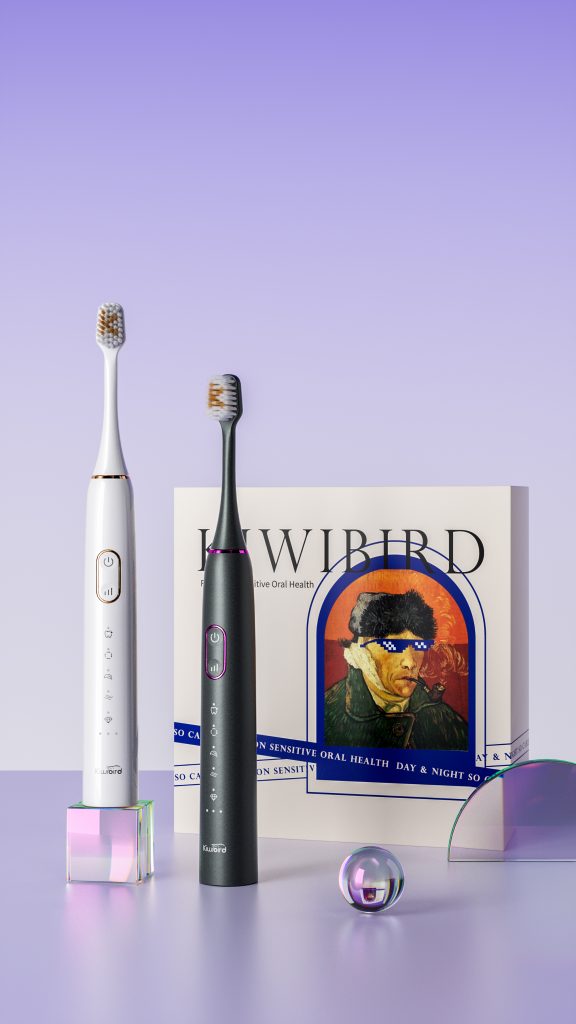
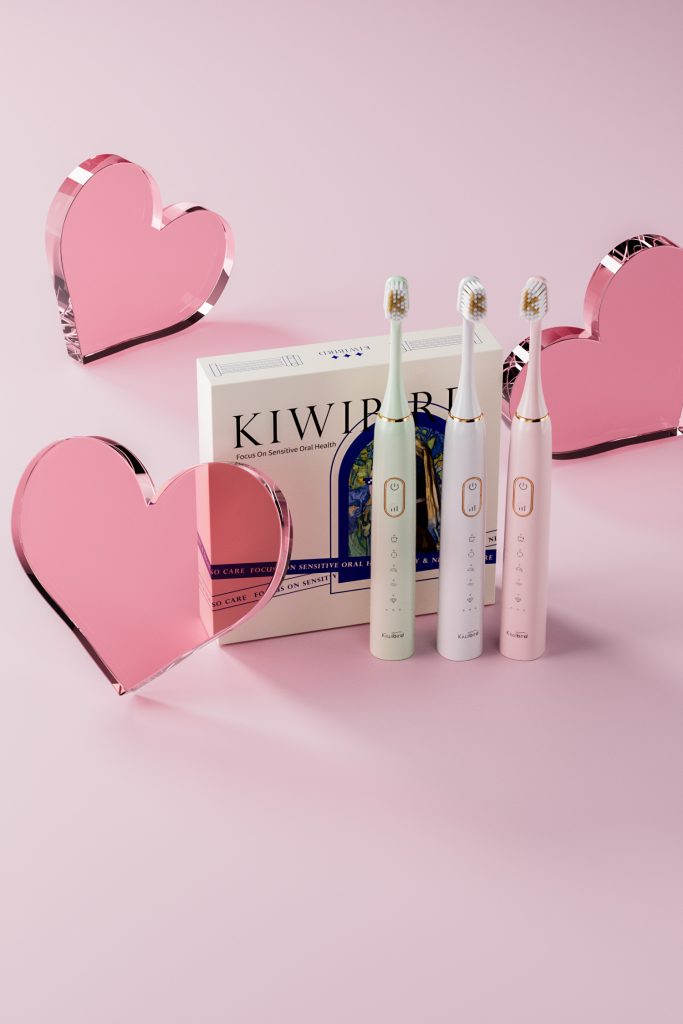
electric toothbrush with AI sensor supplier
Gum Bleaching from Pulpitis Risk – Whitening Gone Wrong?
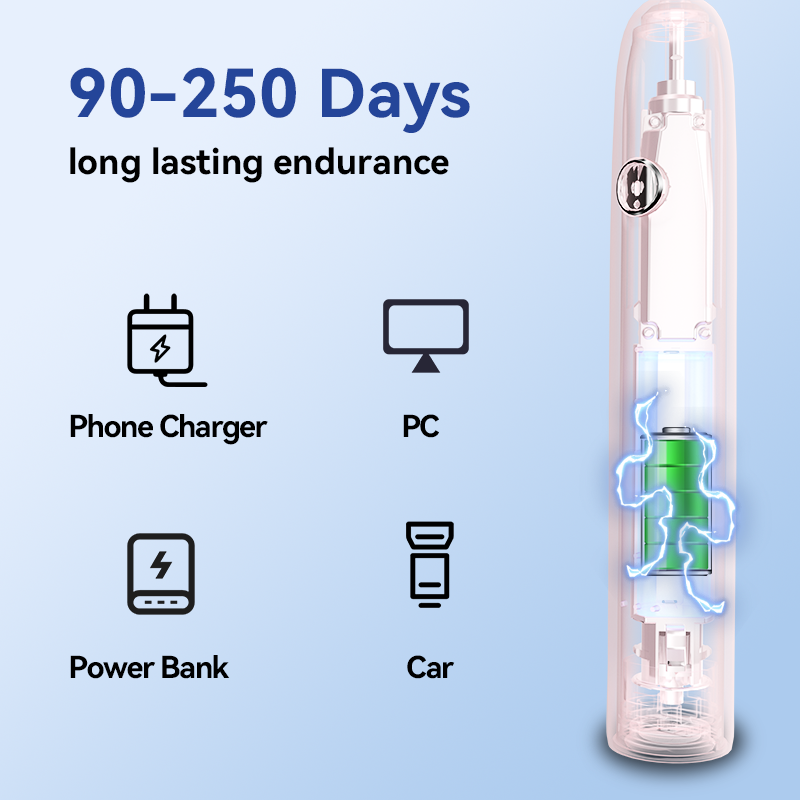
Herbal toothbrush India or Natural bristle toothbrush — which is safer for electric brush programs?
.jpg)
Is Your Toothbrush Head Manufacturer Aligned with the Sustainable Toothbrush Movement?

How to Evaluate an Electric Toothbrush Factory’s Comprehensive Capabilities
Grip Fatigue with Noise Pollution – Design Flaw?
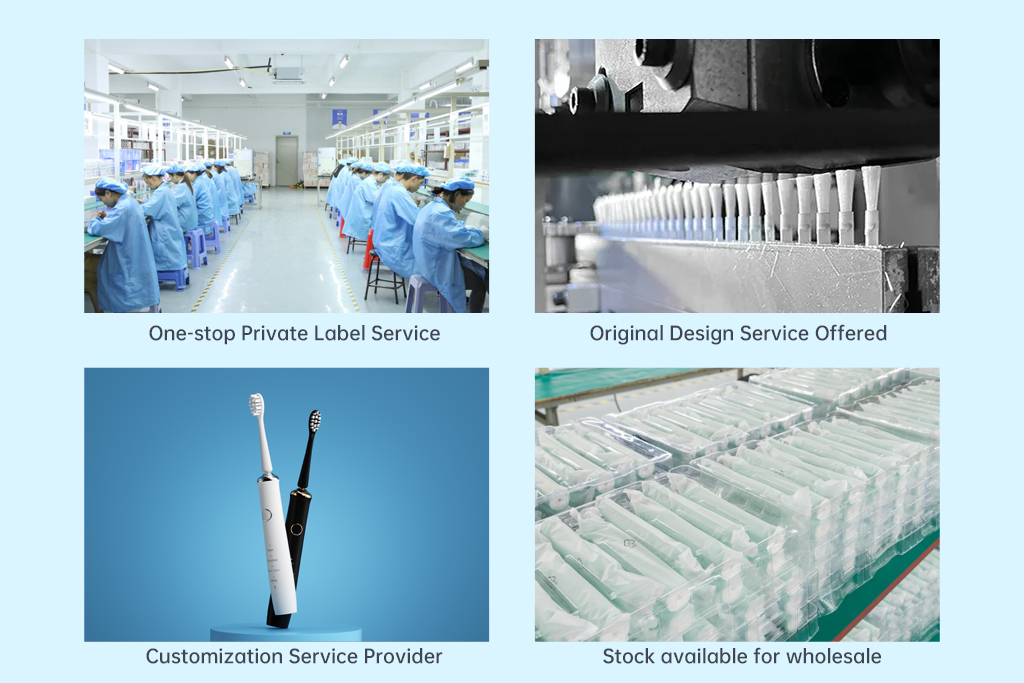
Maximizing Profit Margins: How to Position Water Flossers as Premium Products
Charger Mismatch Causing Battery Incompatibility?
Hose Kinking Leading to Weak Suction—A Hidden Efficiency Killer?
Tooth Chipping Alongside Root Darkening – Irreversible?
Pulse Lag Plus Incomplete Flushing—Frustration for Users and Manufacturers?

What Safety Precautions Should Be Taken When Installing the Electric Toothbrush Head?
Electric Toothbrush with UV Cleaning Base | Advanced Oral Hygiene Solutions
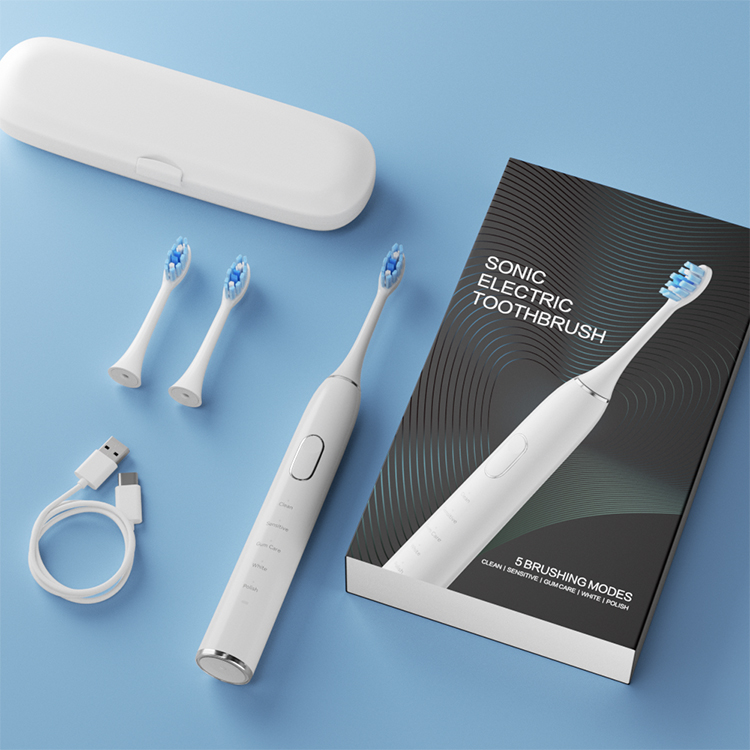
Why Is Cavitation Cleaning Technology More Effective With a Micro-Perforated Brush Head?
Cordless Oral Irrigator Wholesale

How Does Accelerometer-based Feedback Integrate With a Pressure-sensitive Matrix for Smart Brushing?

Customization Teeth Whitening Gel

electric toothbrush heads Charcoal Infuse-Round

electric toothbrush heads Ultra Soft

Electric toothbrush heads Charcoal Infused-Diamond

electric toothbrush heads Deep Clean
.jpg)
Florida Electric Toothbrush – Powsmart PTR-C8

electric toothbrush heads Regular Clean

Private Label Whitening Gel
whstapp
whstapp
National Toll-Free Service Hotline
+86 755 86238638